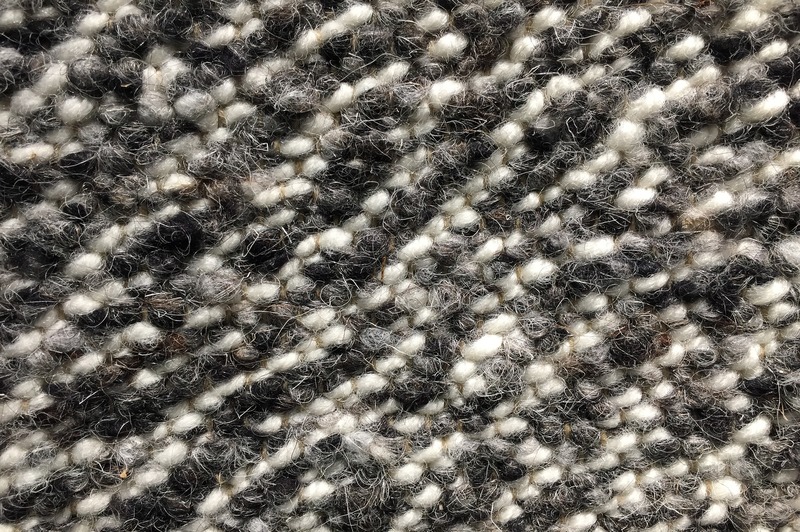Lint all over your bed and floors are a real inconvenience. If you’re experiencing this, you’re probably wondering how to stop a blanket from pilling; after all, it’s most likely the blanket’s the source of the mess.

Machine washing is an excellent way to reduce pilling, but you have to know the proper way to do it if you want to reduce the number of pesky fibers lying around. Don’t fret! Keep on reading to learn the process of preparing your blanket for the washer.
How Can I Stop Pilling?
There are a lot of ways to prevent your blankets from pilling; the only catch is if you’re determined enough to do them. Here are a few tips to prevent this nuisance.
Brush down the blanket
Before washing, it’s best to brush off as much as you can so the loose fibers don’t end up in your washer or dryer. You can use a soft brush to get rid of the bigger patches of lint. Be careful not to ruin your blanket accidentally, though.
If you’re feeling meticulous about tinier pills, you can take the time to scrape them off using a razor. Again, exercise caution to avoid tears.
Know what you should use
Check to make sure the detergent you’re using isn’t too strong, as this can cause more damage to the already shedding material – resulting in more pilling. You’ll want to use mild detergents when dealing with a pilling blanket.
When it comes to other things you’ll need, you’d be surprised at how vinegar can help as a cleaning product. This also applies to getting rid of loose lint from fabrics. Pour about a half cup of white vinegar into the load during the rinse cycle.
It’s not recommended to use fabric softeners for cotton blankets. Fabric softeners can weaken cotton fibers and make them easier to break, resulting in more loose threads.
Make sure you use cold water during the wash cycle. Hot water can cause more agitation to the material, and you want to avoid this as much as possible.
Be attentive when drying
Hang drying is a more effective method for your blanket. However, if you must use the dryer, make sure not to leave it alone for the entirety of the dry cycle. You want to frequently empty the lint trap throughout the cycle to dispose of the lint as much as possible. A rule of thumb to follow is the newer the blanket, the more often you should empty the lint trap.
If you’re worried about the lint that accumulates while you empty the lint trap, there’s a solution for that too. You can try using dryer balls to attract the lint that could still be stuck on the blanket. If you don’t have one, a scrap of corduroy fabric should suffice.
For an optional tip, you can even throw in clean tennis balls to fluff the blanket while it’s drying.
Take extra precautions
To prevent even further pilling after the blanket has dried, you can use an electric shaver to remove any weak fibers resulting in lint being scattered. Alternately, you can rub it gently with a pumice stone.
If your blanket is made of polyester, you can get some spray starch and apply it liberally. Wait about 2 minutes for the starch to dry. This is to help strengthen the fibers without making them too firm.
Why Is My Blanket Pilling?
Usually, pilling is a result of friction. The shorter fibers of the material tend to rub against each other to the point of weakening and breaking. This usually happens to newly purchased blankets as they may have undergone a history of handling before you take one off the racks.
Even after you’ve purchased a blanket, the friction from washing or even regular use can be enough to result in weaker fibers. Don’t worry, though. If you follow the methods used above, you won’t expect to see much lint in your surroundings.
Other Things To Remember On How To Stop A Blanket From Pilling
While you now know how properly preparing your blanket for a machine wash also reduces pilling, there’s still a lot of friction involved. Because of this, you should schedule machine washing your blanket wisely.
As a general rule of thumb, blankets should be washed every 1 to 2 weeks (if used frequently) to prevent weakening the material. If you have a blanket that isn’t used regularly, it can be washed every few months instead.
You should also note that newer blankets tend to pill more, as stated earlier, and should be washed more frequently until there are little to no pilling signs.
You can compromise by hand washing in a bathtub or basin if that’s the case. Hand washing causes less friction than machine washing. You can still apply some of the above methods in handwashing, such as the vinegar.
Conclusion
Pilling and the resulting traces of lint are usually the prices to pay for a cozy blanket. Luckily for you, the methods covered in this article should be very helpful in preventing excessive pilling.
Whether by hand or with a machine, you’ll still need a lot of patience in dealing with loose fibers. It’ll still be worth it now that you know how to stop a blanket from pilling. When it’s time to wash your blanket, make sure to be thorough for a cleaner sleeping environment.
